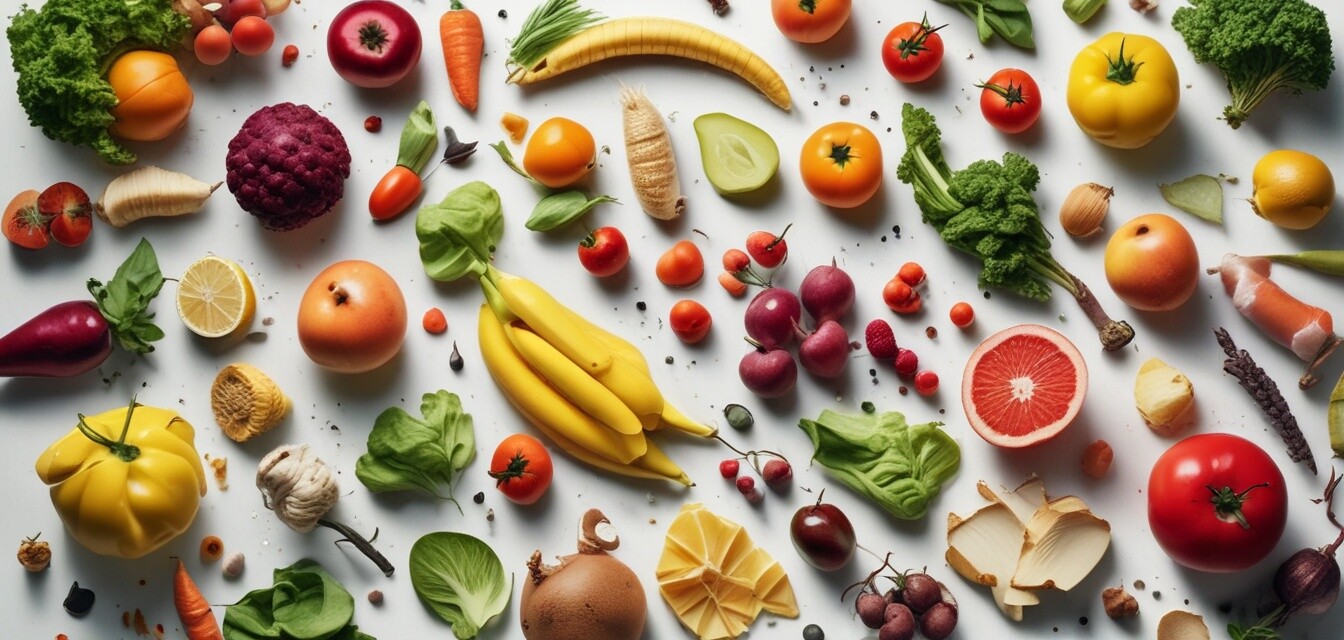
The rise of zero-waste cooking
Key Takeaways
- Zero-waste cooking minimizes food waste by utilizing every part of ingredients.
- Implementing zero-waste strategies can lead to cost savings and a more sustainable kitchen.
- It promotes creativity in cooking by encouraging the use of leftovers and scraps.
- Education and community involvement play vital roles in the success of the zero-waste movement.
The zero-waste cooking movement is transforming kitchens around the globe. With rising awareness of environmental issues, many home cooks are adopting sustainable practices that reduce food waste and embrace creative culinary solutions. In this article, we will dive into the principles of zero-waste cooking, practical tips for implementing it in your kitchen, and explore the trends that are shaping this innovative approach to cooking.
Understanding zero-waste cooking
Zero-waste cooking is more than just a trend; it is a lifestyle choice aimed at minimizing waste at all levels of food preparation. This practice encourages individuals to use every part of an ingredient, repurposing scraps and leftovers into delicious meals. The philosophy extends beyond the kitchen and into the broader culinary ecosystem, advocating for sustainability and responsible consumption.
Why is zero-waste important?
The importance of zero-waste cooking can be measured in several ways:
- Environmental impact: Food waste contributes significantly to greenhouse gas emissions. By reducing waste, we can help lessen these emissions and combat climate change.
- Resource efficiency: Utilizing every part of ingredients maximizes their value, reducing the need for additional resources required to produce food.
- Cost savings: By repurposing food scraps, you can save money and make the most of your grocery budget.
- Community growth: The zero-waste movement encourages local community engagement through food-sharing initiatives and resource conservation efforts.
How to incorporate zero-waste cooking into your kitchen routine
Here are practical strategies that can help you implement zero-waste cooking:
1. Plan your meals
Meal planning is an effective way to minimize waste. By organizing your weekly meals, you can ensure that you only purchase the ingredients you need. This reduces the likelihood of food spoilage and waste.
2. Get creative with leftovers
Instead of tossing out leftover food, consider how to repurpose it. Here are some ideas:
- Turn vegetable scraps into broth.
- Use stale bread for croutons or breadcrumbs.
- Make smoothies with overripe fruits.
- Incorporate leftover grains into salads or soups.
3. Use all parts of ingredients
When cooking, think about how to utilize every part of an ingredient:
| Ingredient | Common Scraps | Potential Uses |
|---|---|---|
| Carrots | Peels and tops | Vegetable broth, carrot top pesto |
| Onions | Peels | Vegetable broth, flavor enhancer for soups |
| Citrus fruits | Peeled zest and pith | Candied peel, zest for flavoring dishes |
| Herbs | Stems | Flavoring stocks or sauces, herb-infused oils |
4. Compost food scraps
Composting is an excellent way to manage food waste. Instead of throwing away scraps, composting allows organic materials to decompose naturally, returning valuable nutrients to the soil. Consider starting a compost bin in your kitchen or yard to begin reducing waste effectively.
Current trends in zero-waste cooking
Staying updated with the latest trends in the culinary world can inspire you to adapt zero-waste practices in creative ways. Here are some of the notable trends:
- Partnerships with local farms: Many chefs and home cooks are collaborating with local farmers to source produce that reduces waste.
- Food sharing initiatives: Community programs that allow individuals to share excess food reduce waste and foster connections.
- Education and workshops: Cooking classes focused on zero-waste practices are becoming increasingly popular, teaching consumers how to minimize waste in practical ways.
- Innovative culinary techniques: Chefs are exploring techniques that maximize the use of ingredients, such as fermentation and pickling.
Conclusion
The rise of zero-waste cooking signifies a shift in our attitudes toward food and waste. By adopting these principles, you can actively contribute to a more sustainable world while elevating your culinary skills. Stay informed about the latest trends and consider ways to integrate zero-waste practices into your daily routines.
Pros
- Reduces environmental impact and greenhouse gas emissions.
- Encourages creativity in the kitchen.
- Can lead to significant cost savings on groceries.
- Strengthens community ties through shared initiatives.
Cons
- May require extra planning and preparation time.
- Not all waste can be eliminated entirely.
- Some may find it challenging to change habits.
- Limited local options for composting in some areas.
For more tips and techniques on sustainability in cooking, check out our other resources in our Cooking Tips & Techniques section.
Stay updated on the latest culinary trends by visiting our Culinary News & Trends blog.
Explore various cooking essentials in our Baking Essentials section to enhance your culinary experience.